Accessibility
Massillon Museum Accessibility Statement
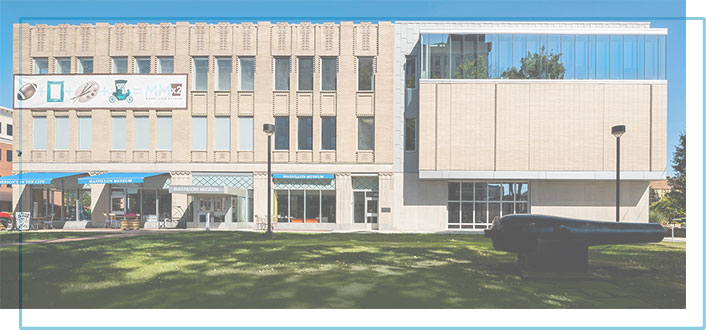
Massillon Museum welcomes you to participate in a diverse experience where art and history are for everyone.
Museum Accessibility Features
- Accessible parking on First Street
- Automatic front doors
- Braille labels and exhibit guides
- We are welcoming of service animals as defined by the ADA
- For guests with young children, changing tables are located in the main restrooms on the lower level
- People who breastfeed are welcome to nurse throughout the Museum. For those who would like privacy, our Sensory Room is open to all.
- Men's and women's restrooms, with automatic doors, are located on the lower level. Changing stations are located in both public restrooms.
- Our elevator services all floors open to the public
- Standard and bariatric wheelchairs are able to be borrowed at the front desk located on the first floor. Please ask the front desk attendant for assistance.
- Gallery stools on all three floors of the Museum
If you need accommodations for a disability, including assistive tours or ASL interpretation for tours or programs, please email Accessibility@MassillonMuseum.org or call 330-833-4061. Please allow a minimum of four weeks' notice.
ASL interpretation is provided for all Rhythms concerts, Brown Bag Lunches, Littles Lunch and Learn programs, and the annual Island Party.
MassMu Sensory Room
Please note: The Sensory Room is available to the public upon request at the front desk in the lobby! One guest in the group must be at least 18 years of age.
The Massillon Museum (MassMu) has a dedicated goal to create accessibility in museums and accessible spaces with ancillary programming for all visitors with physical, developmental, cognitive, or learning disabilities. The journey toward becoming an accessible museum means removing barriers to learning and providing every opportunity for marginalized audiences to engage with the museum space in a multitude of ways.
The MassMu Sensory Room is a devoted 468-square-foot space on the lower level of the Museum. This unique room is an adaptable space for Museum guests with vision, auditory, physical, and cognitive disabilities. It is open during all Museum hours as a free and accessible space for any museum visitor, yet outfitted specifically for individuals with the aforementioned disabilities in mind. The Room is sensory-friendly, with adjustable elements alterable to individual preference, such as sound and lighting levels.
Because of the generous support of Puffin Foundation West, Ltd., the Museum now has a calming place for not only individuals with sensory challenges, but also caregivers with over-stimulated toddlers, parents who need to breastfeed, and any other guest who may need the room for personal reasons. The Sensory Room is a flexible space serving a distinct need, and we are honored to offer it as a safe haven for all. Amenities include multiple modes of seating, a yoga ball and mats, a weighted blanket and lap pad, a sound machine, sensory floor tiles, noise-cancelling headphones, tactile wall elements, sensory toys, and a sensory hut.
Visit https://tinyurl.com/yc743pr2 to explore a virtual tour of the Sensory Room.
Visit https://tinyurl.com/293w3p8c to explore a virtual tour of the Massillon Museum.
Accessibility Initiatives: Exhibits
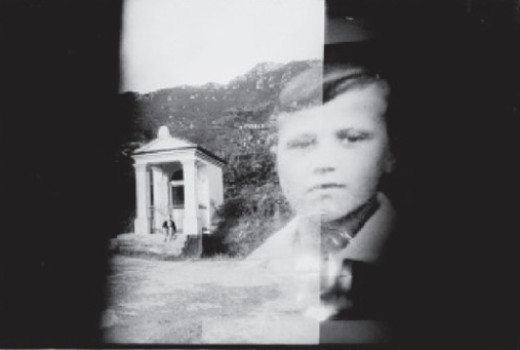
Curated by Douglas McCulloh, Sight Unseen presents work by the world’s most accomplished blind photographers as they explore ideas about the nature of seeing. The artists represented span a wide spectrum of sight impairment: most are completely blind, some are legally blind. All of them, with photography as their medium, navigate with their other senses to visualize and represent the space around them.
This exhibition was originated by UCR/California Museum of Photography, an affiliate institution of ARTSblock, the University of California, Riverside.
Childhood Image, Evgen Bavcar
This gallery features Braille labels, a Braille book containing all gallery text, tactile recreations of photographs, and audio recordings of labels accessible by QR codes.
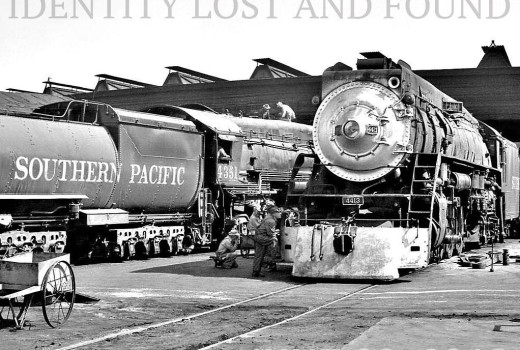
Moniker: Identity Lost and Found, an unprecedented documentation of mark-making and monikers—grassroots movements which began in rail yards in the late 19th century and continue today. During the late 1800s, blue-collar workers and travelers began drawing unique symbols and words on the sides of train cars in chalk, ephemeral marks that crossed the countryside, exposed to anyone who idly watched passing trains. Over time, mark-making developed into a coded system of communication. Through repetition, recognition, and transcontinental exposure, symbols took on a deeper meaning. A drawing became a moniker: a name, an identity.
This exhibit features Braille guides for all introductory panels, touchable artifacts on our lower level, a tactile book of 37 monikers, and a complete audio-guided tour.
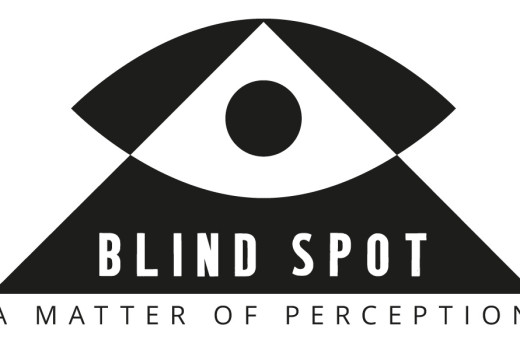
Blind Spot: A Matter of Perception, presents ten abstract paintings from the Massillon Museum collection, representing regionally-, nationally-, and internationally-recognized artists. These paintings are made accessible to patrons with blindness or low vision for the first time, through multisensory experience. Following conversations with the Massillon Museum curator, sounds in the sonic iPad touch-screen apps that accompany each painting were selected by co-curators Barry and Jan Stirbens of Stark County, Ohio, who have both been blind since birth. Braille and large-type labels, as well as small-scale aluminum tactile models of each painting, help to experience the artworks through multiple senses.
Museums for All

Through Museums for All, those receiving food assistance (SNAP benefits) can gain free or reduced admission to more than 600 museums throughout the United States simply by presenting their EBT card. The Massillon Museum will extend annual member benefits to those with EBT cards for just half the price of regular membership rates, so you and your family can enjoy all the magic and wonder here. If you receive food assistance, simply present your EBT card when you arrive or call 330-833-4061 to receive this specially priced membership rate.
To learn more or find other participating museums, visit www.Museums4All.org.
Blue Star Museums
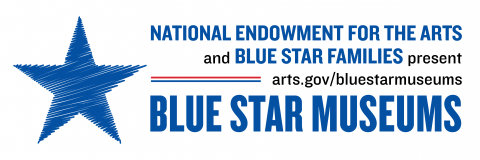
As a Blue Star Museum, the Massillon Museum offers a discount on classes, event tickets, and Museum shop purchases to the nation's active duty military personnel currently serving in the United States Military—Army, Navy, Air Force, Marine Corps, and Coast Guard (including Reservists, National Guardsman regardless of status, US Public Health Commissioned Corps, and NOAA Commissioned Corps)—and up to five family members. The Blue Star Museums program runs from Armed Forces Day through Labor Day each year, but active duty military personnel are able to receive these discounts at MassMu year-round upon request. Please call 330-833-4061 or stop by the Museum to register for programs or make purchases at the Museum shop using this discount.
To learn more or find other participating museums, visit arts.gov/BlueStarMuseums.
Do you have feedback or questions related to MassMu's accessibility in the museum? Please email Accessibility@MassillonMuseum.org or call 330-833-4061.
